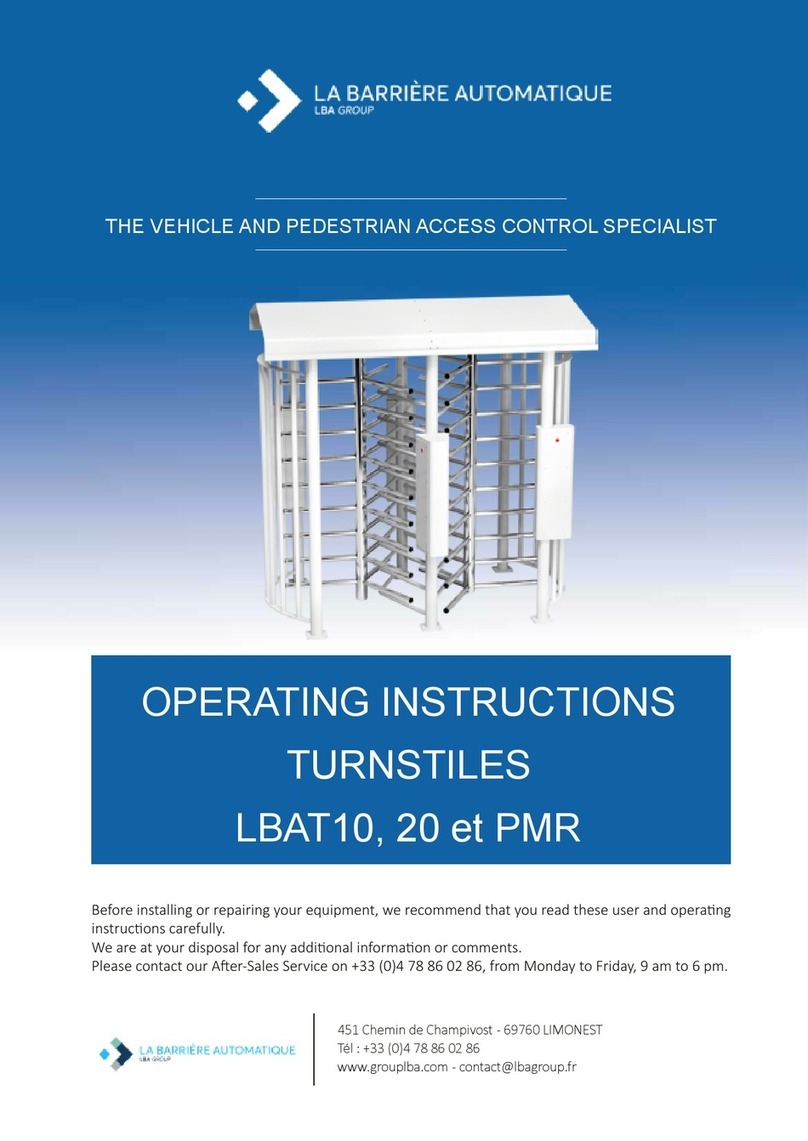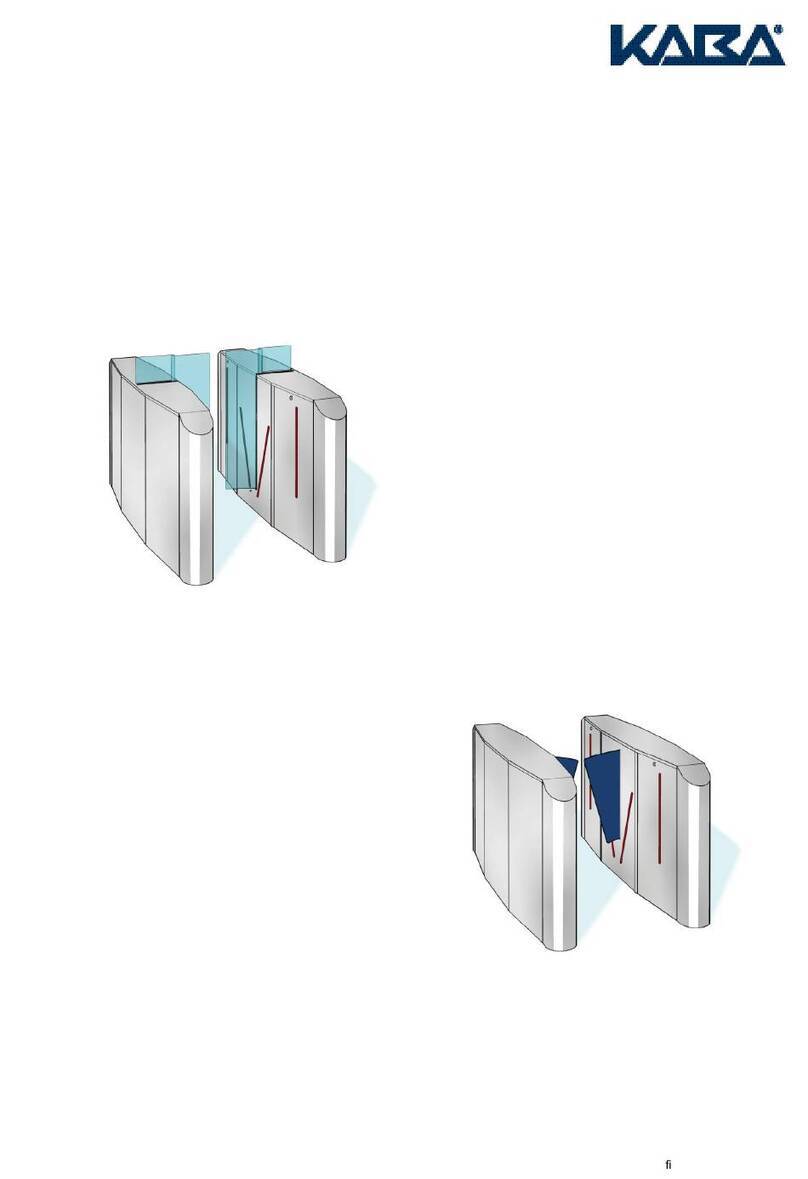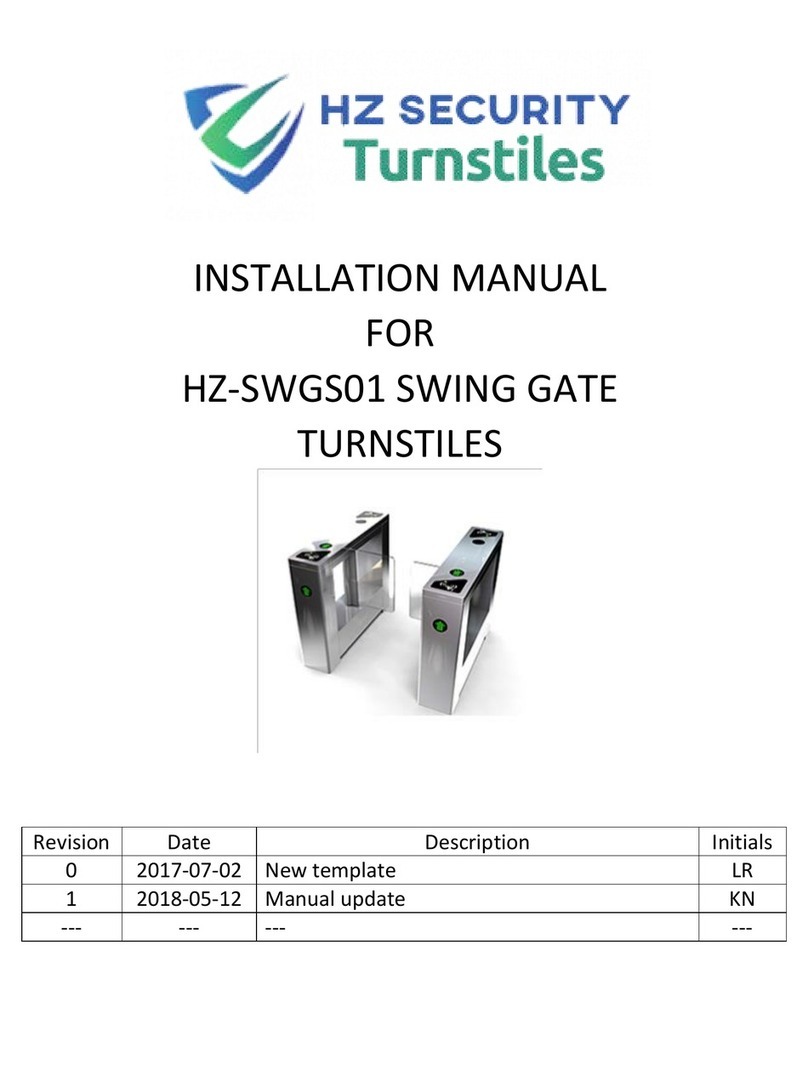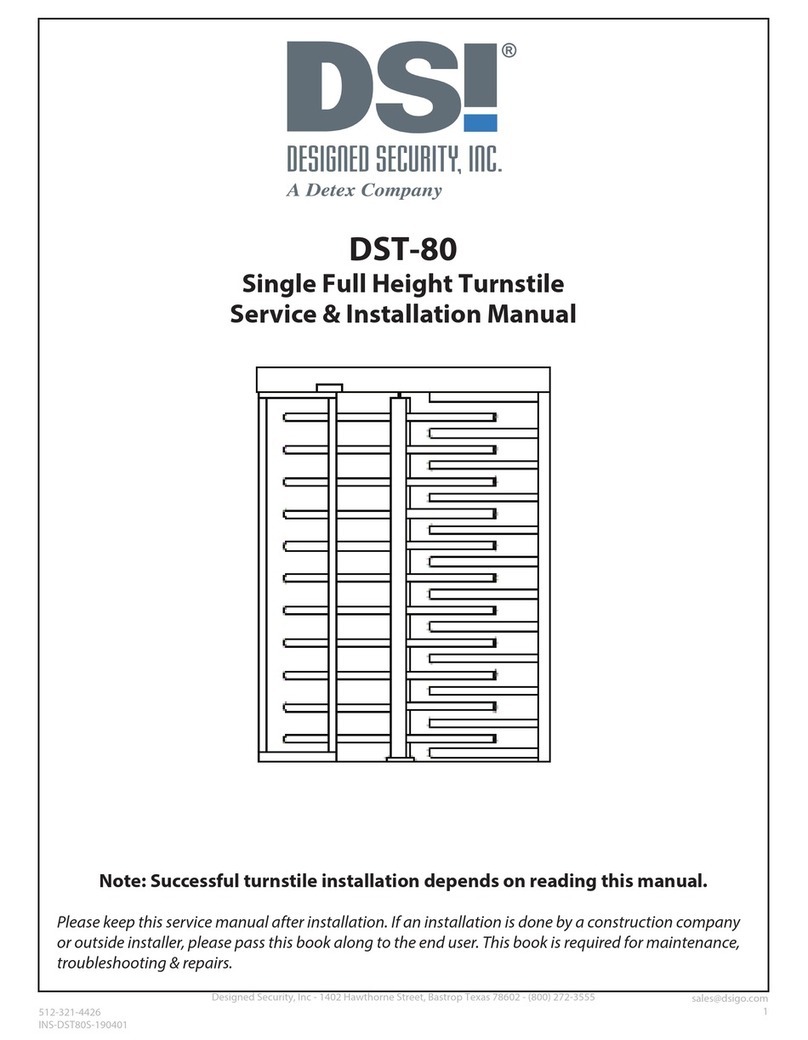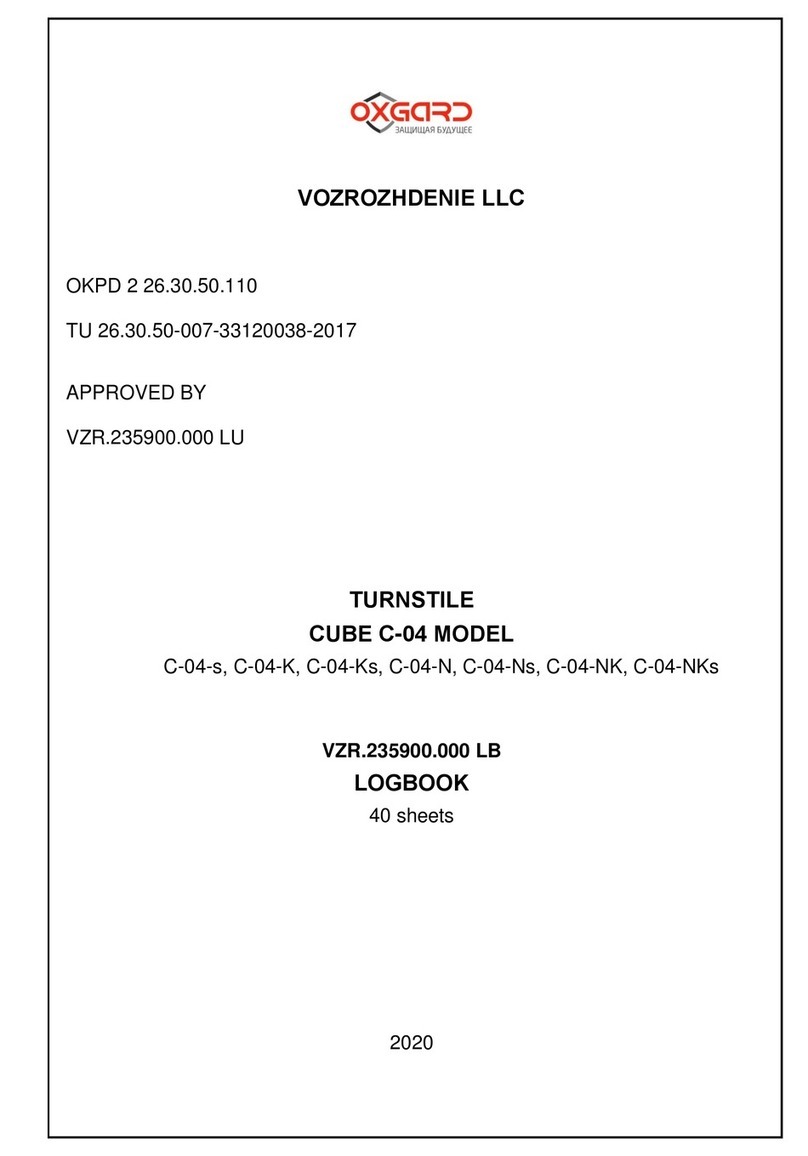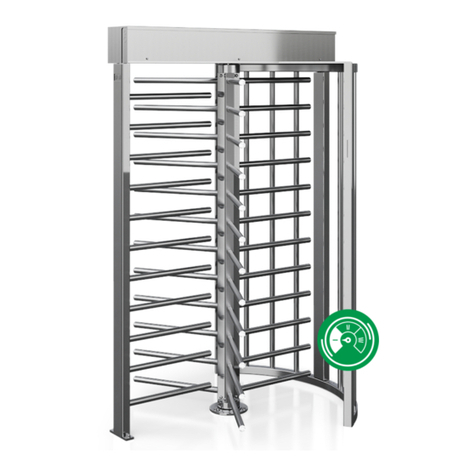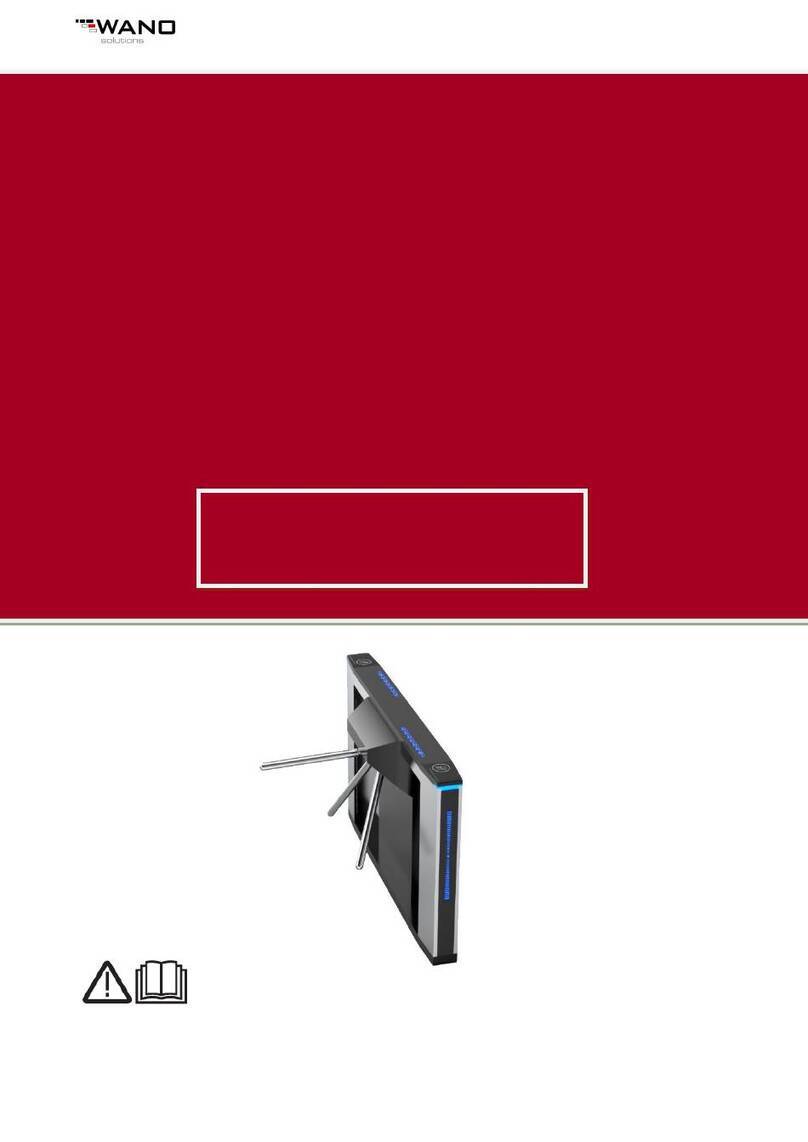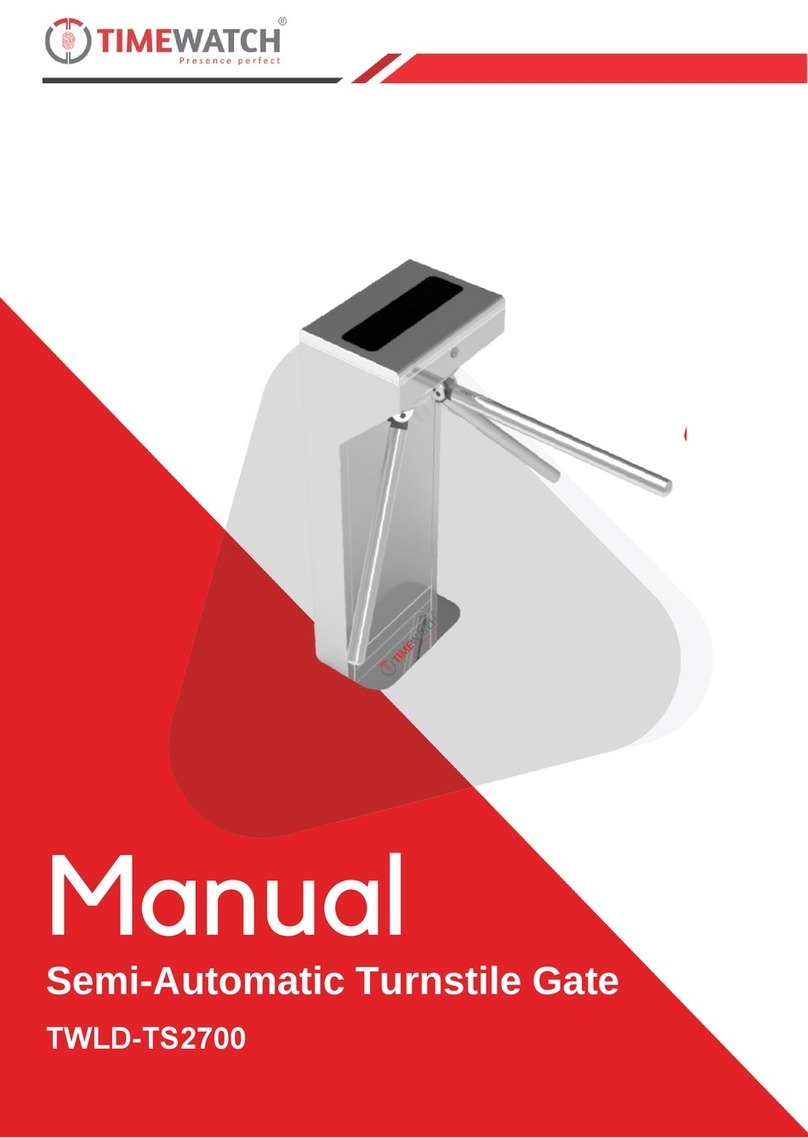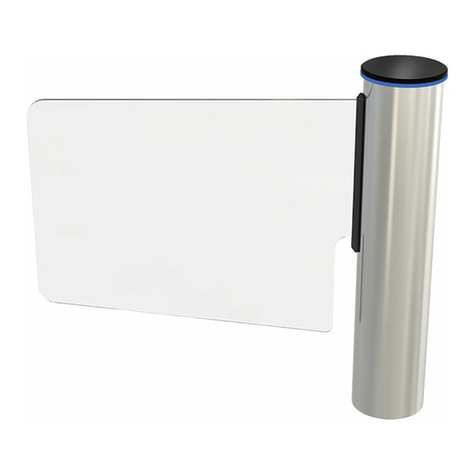Automatic Systems SL930 User manual
Other Automatic Systems Turnstile manuals
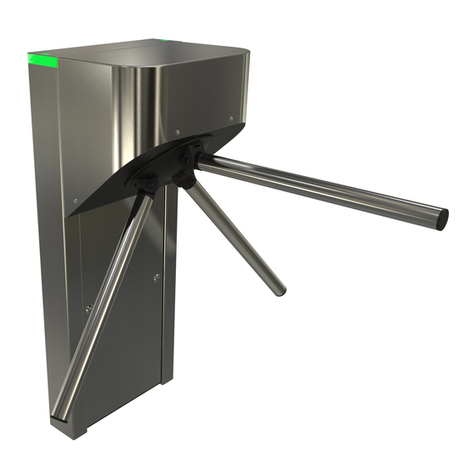
Automatic Systems
Automatic Systems TriLane TL1 User manual
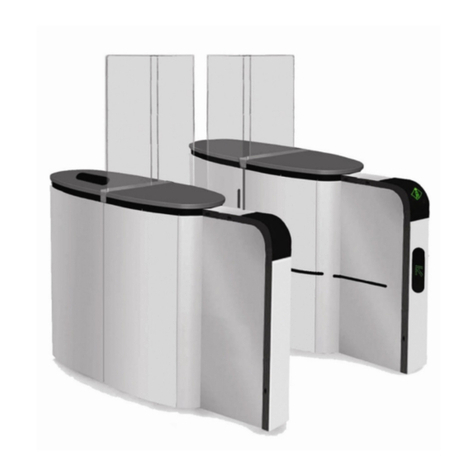
Automatic Systems
Automatic Systems SMARTLANE SL 90 Series User manual
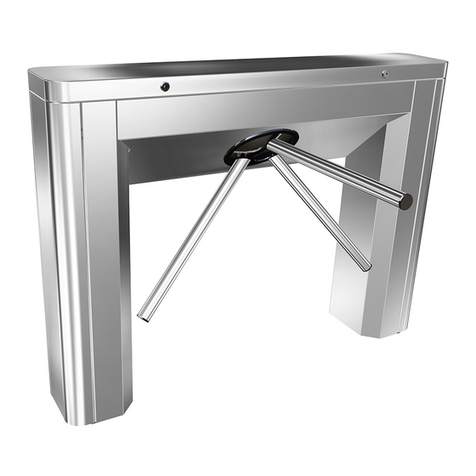
Automatic Systems
Automatic Systems TriLane TL2 User manual
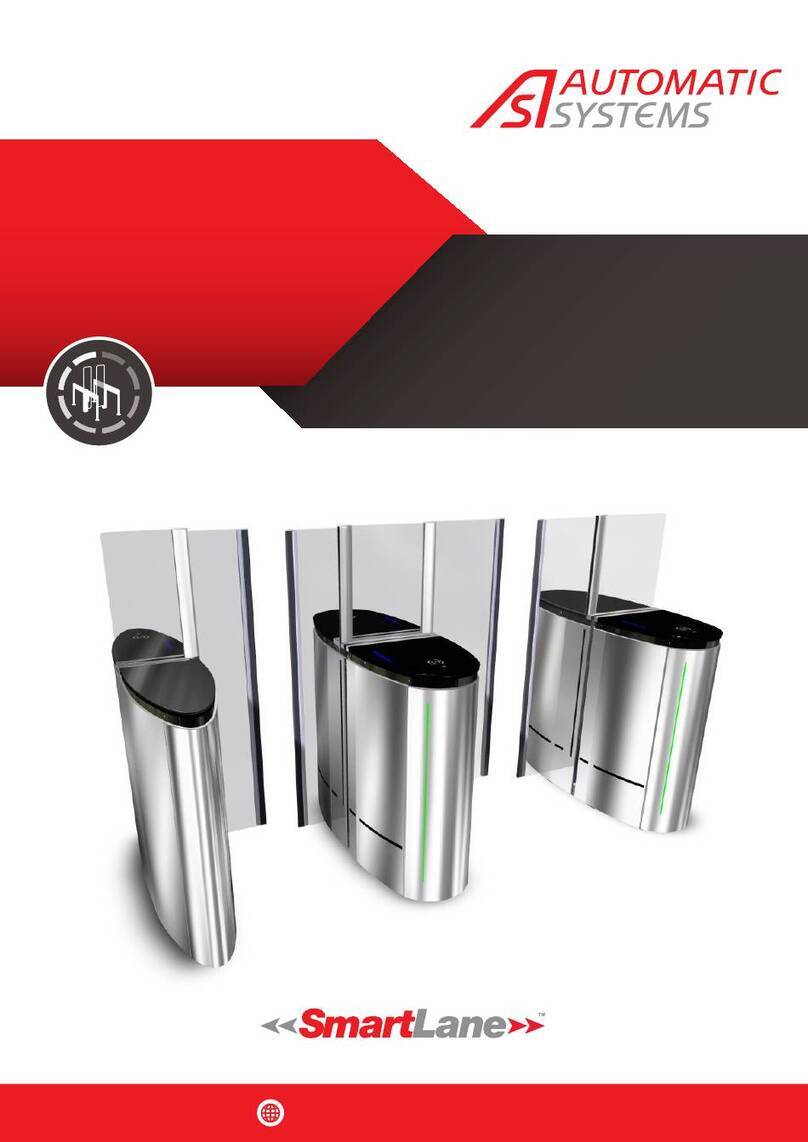
Automatic Systems
Automatic Systems SmartLane User manual
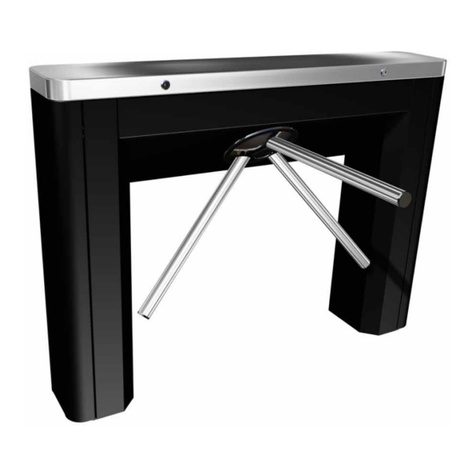
Automatic Systems
Automatic Systems TriLane TL Series User manual
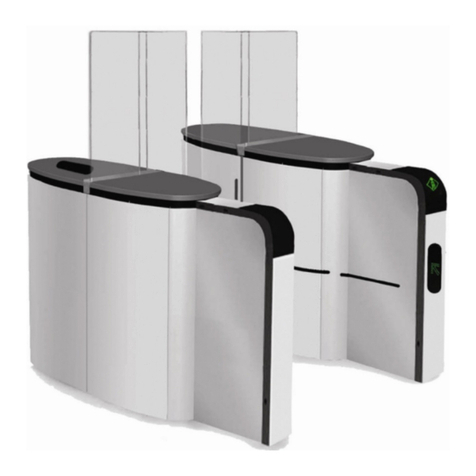
Automatic Systems
Automatic Systems SMARTLANE SL 90X User manual

Automatic Systems
Automatic Systems TR450 User manual
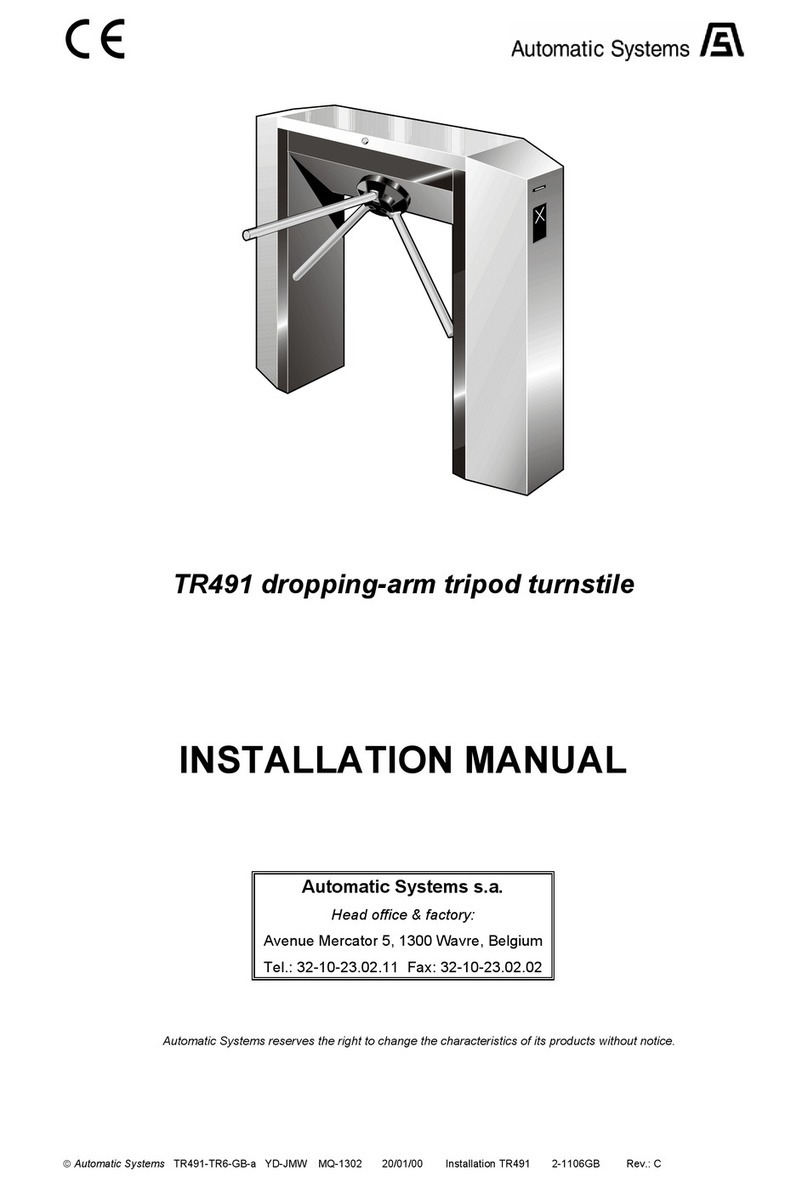
Automatic Systems
Automatic Systems TR491 User manual
Popular Turnstile manuals by other brands

OZAK
OZAK VP-125 Assembly, Installation and Maintenance Handbook
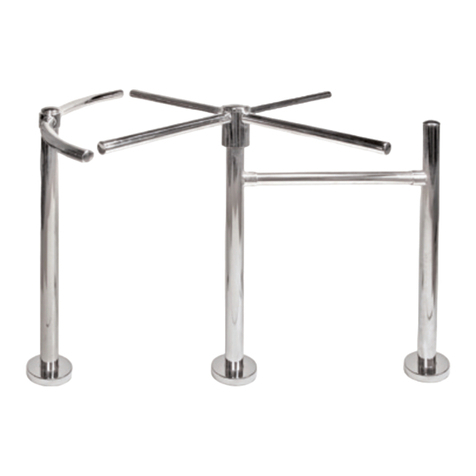
Alvarado
Alvarado MT Installation & maintenance instructions
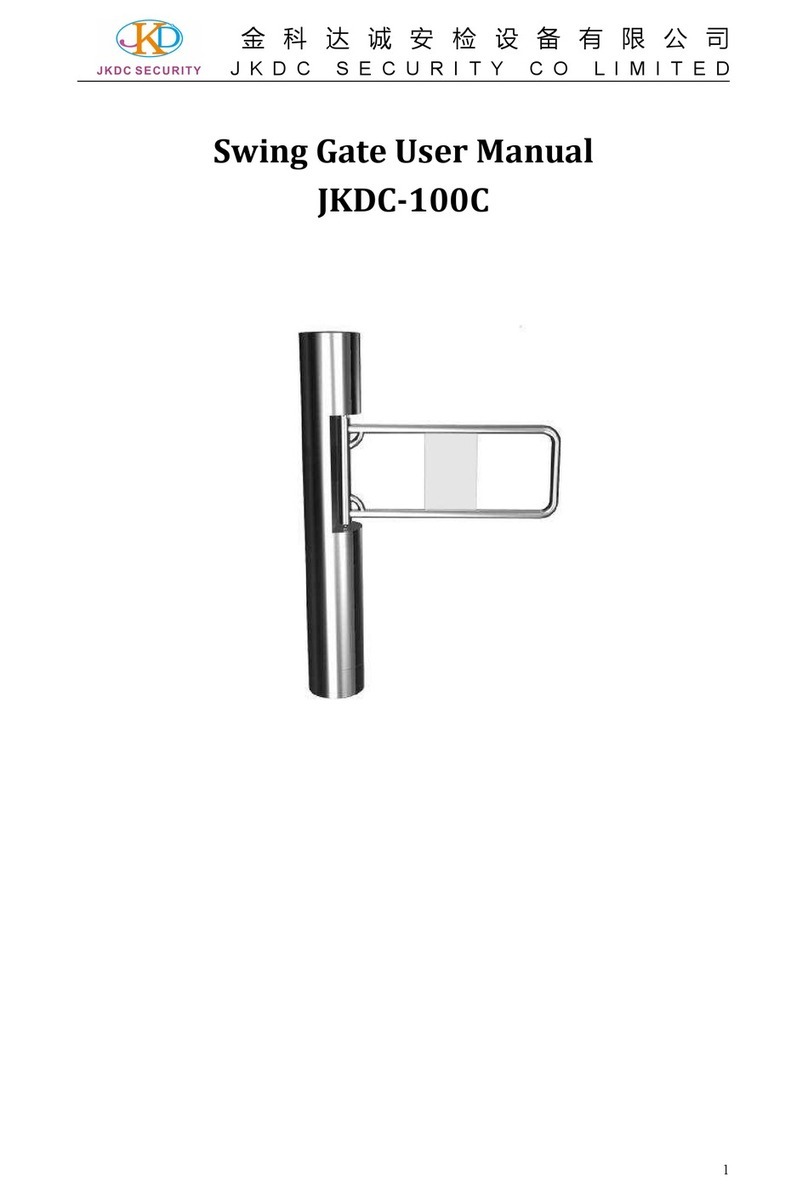
JKDC SECURITY
JKDC SECURITY JKDC-100C user manual

Alvarado
Alvarado SU5000 quick guide
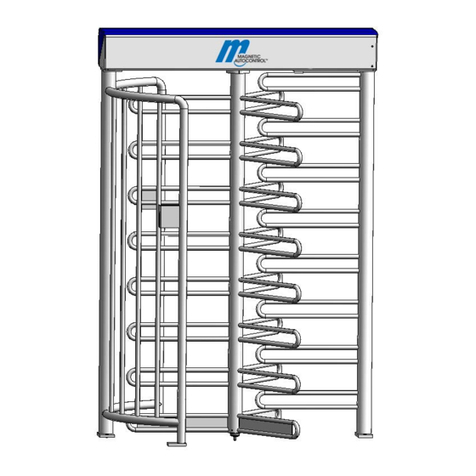
Magnetic Autocontrol
Magnetic Autocontrol MPT 33 operating instructions
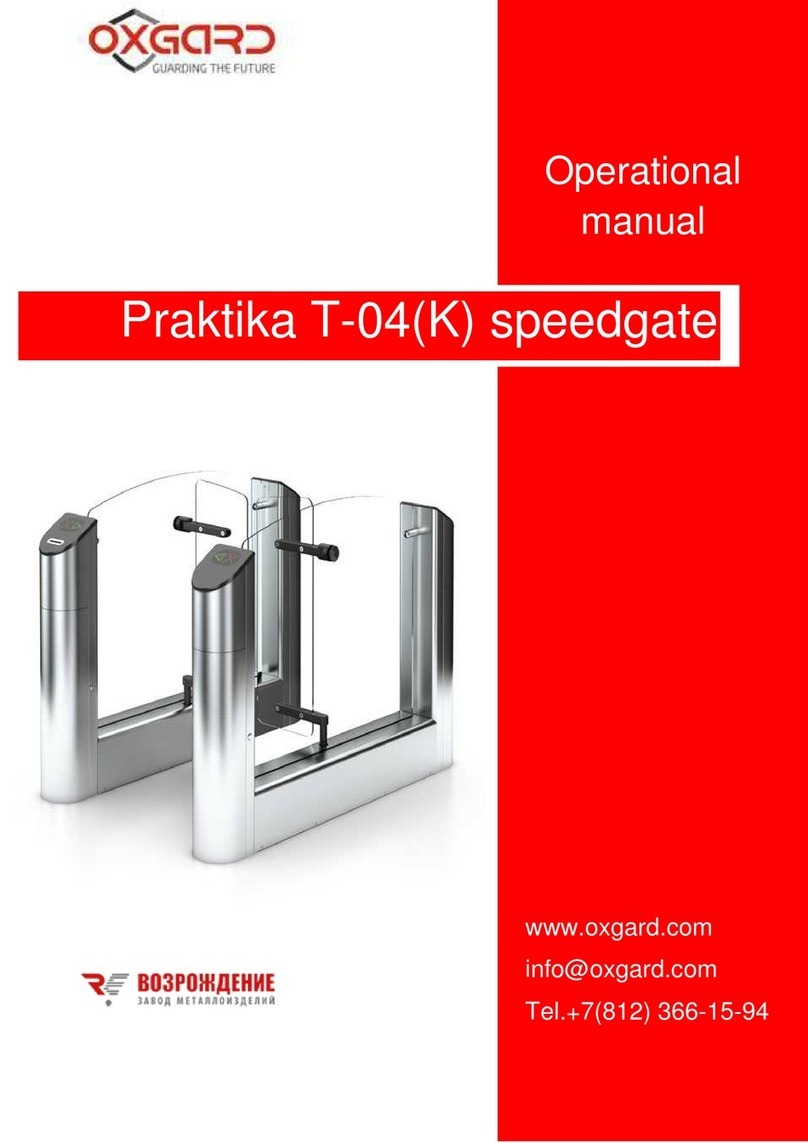
Oxgard
Oxgard Praktika T-04K Operational manual

